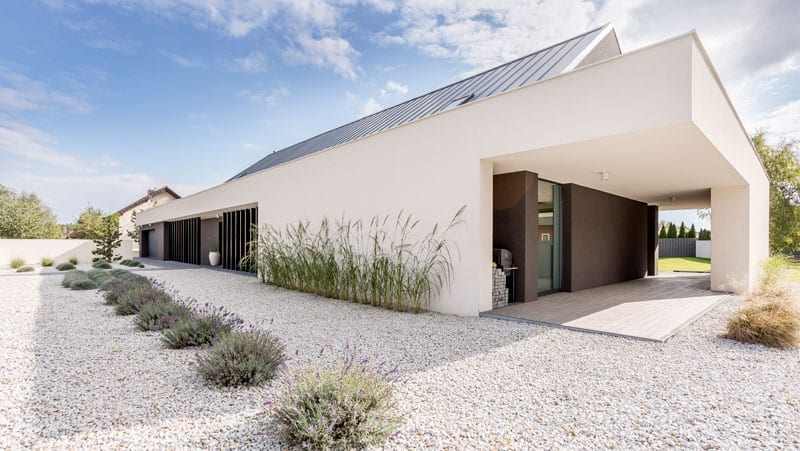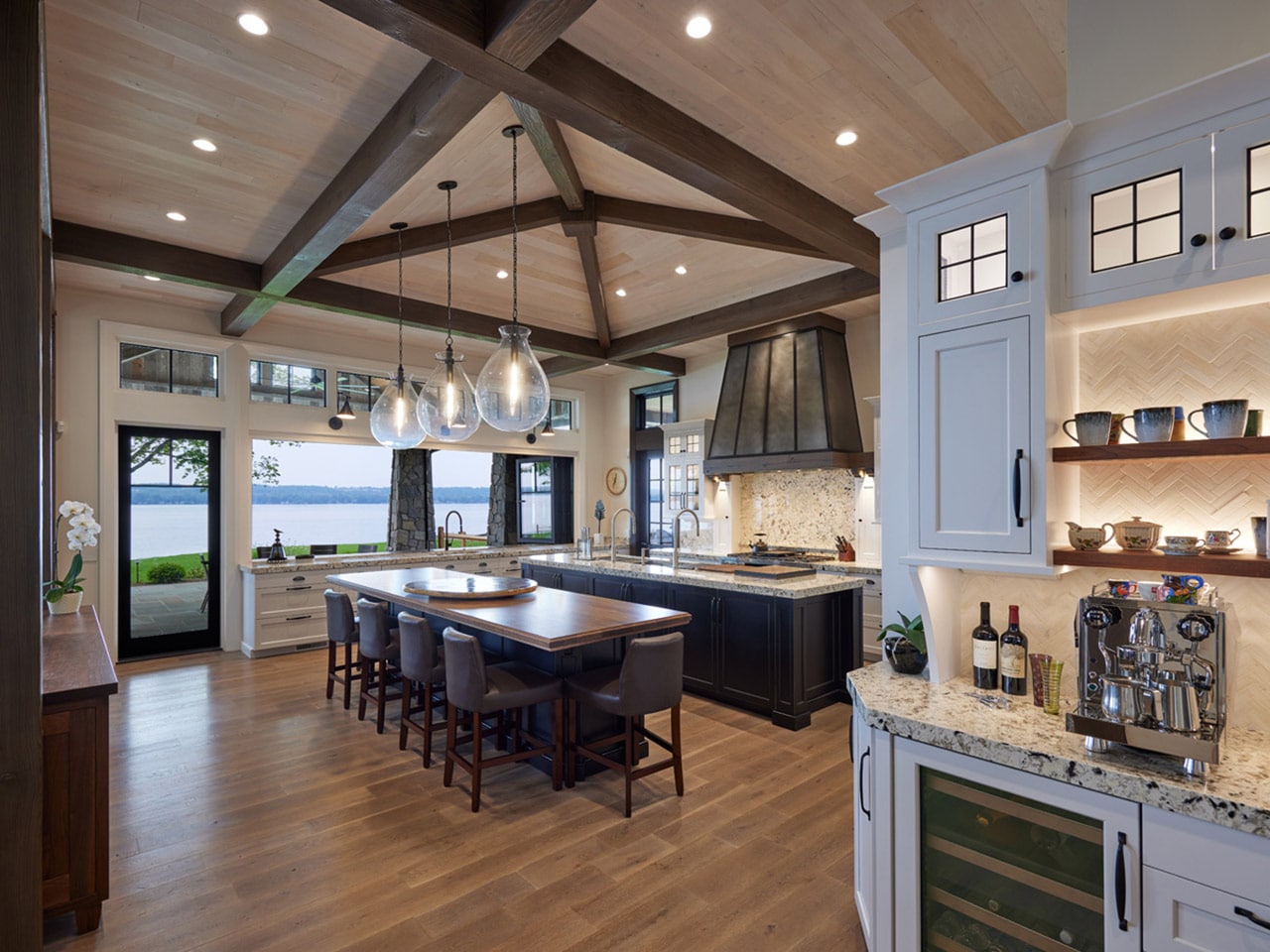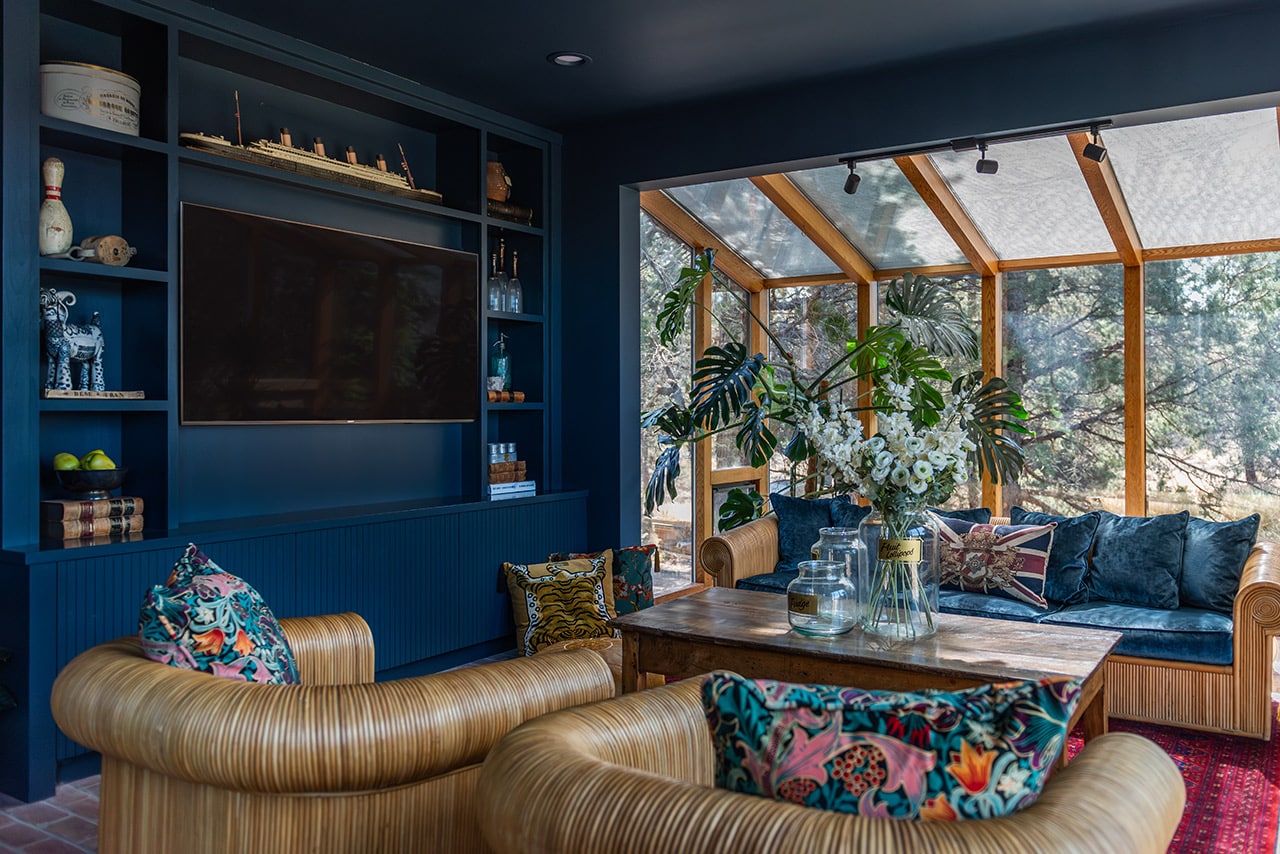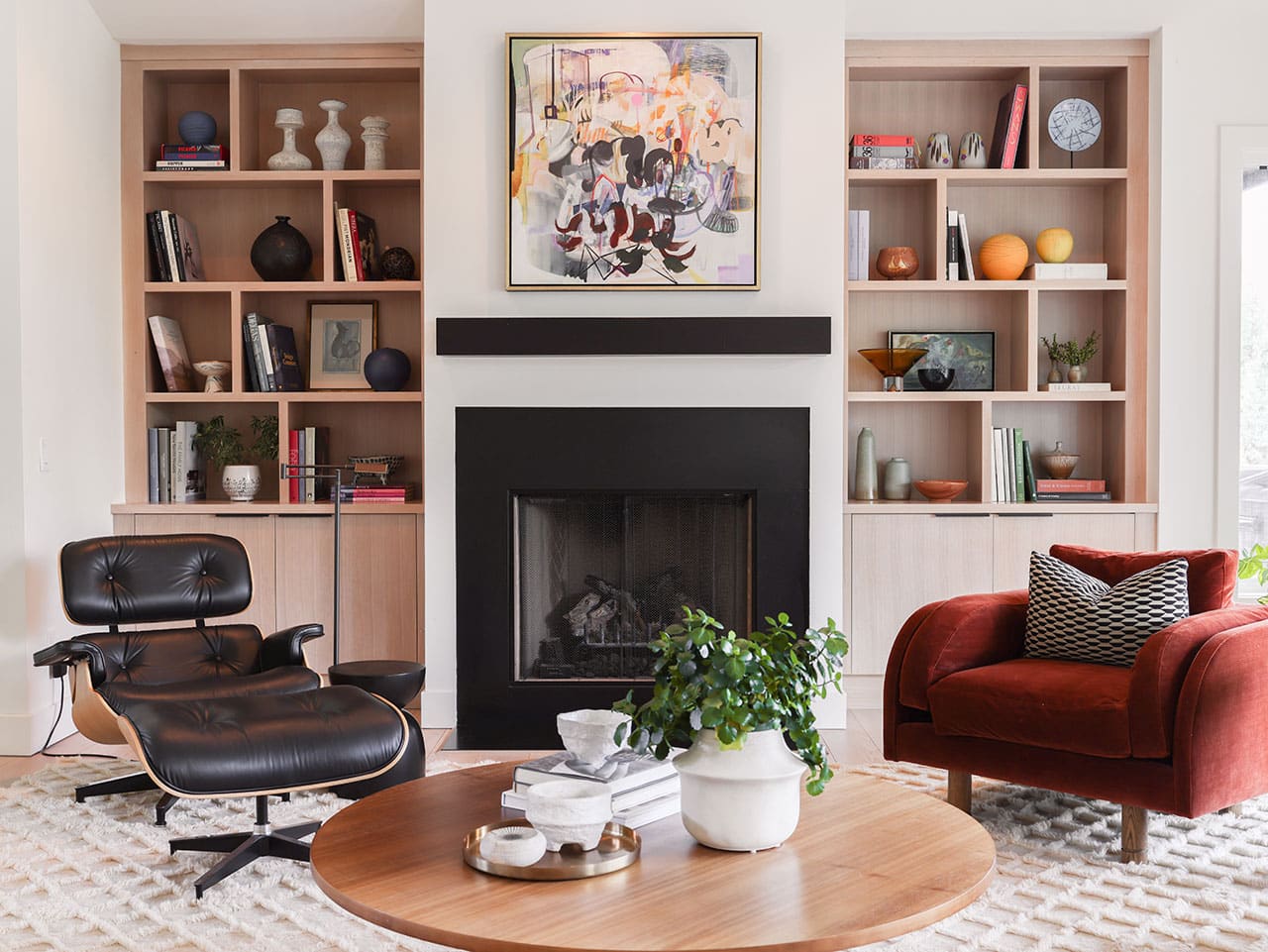An American lawn revolution.

When it comes to our yards, the vast expanse of green we call “lawn” is under close scrutiny. Especially in the arid high desert, costs associated with water bills and the time and energy it takes to maintain a lawn draw questions as to whether or not it’s worth it. Throw in the cost of mowers, edgers, thatchers and sprayers, as well as products to control weeds, insects and disease, and it amounts to a significant investment. Many of us who don’t really use our lawns are considering making a change to the overall design of our landscapes.
Let’s consider fun and creative ideas for eliminating or reducing your lawn.
Lawn Begone
Tired of your lawn? Get rid of it! This may sound good to many, but you will be immediately confronted with another problem. What to do with all that space that was once your lawn?
Try a rock garden. Across America, a growing number of folks are pioneering a new look for the traditional front yard—a design that eliminates green grass and replaces it with winding paths, dry stream beds, and rocks or stones.
Or consider xeriscaping, the term used for choosing native plants, and fewer of them, that require little water or maintenance for your landscape. Let native rabbit brush, manzanita and sagebrush work their way back into your environment.
There are also many great groundcover plants appropriate to the high desert which can fill in the space once filled with lawn grass. White clover is not only very drought tolerant but requires little water at all. Sheep’s fescue is a great naturalizing grass that looks good with minimal watering and never needs mowing. Both of these choices can be established simply by sowing seed, thus reducing the cost dramatically. Once established they will give you that lawn-like appearance, minus the burdening costs of traditional maintenance.
Low growing groundcovers such as Wiltoni and Bar Harbor juniper offer an evergreen low maintenance alternative. Groundcovers such as Ajuga, Lamium (Dead Nettle) and Sweet Woodruff offer a similar low-growing look, but will grow very well in shady areas. Areas with poor soil can be filled with hardy perennials like yarrow or unique succulent colorful sedums. Creeping thyme is among the most popular, with white, pink or blue vibrant springtime blooms. Creeping Jenny, Potentilla Verna and Vinca vine also make great selections for your lawn-less project.

A Little Lawn
Okay—so the kids have picnics and the dog still likes to roll on the grass. You don’t have to eliminate your lawn entirely. Eliminate some, reserve what lawn you actually use, and consider “grasscycling” with the saved section.
Grasscycling means letting your lawn grow a little longer than you might normally in-between cuttings. The longer grass shades itself and the soil, reducing evaporation, making your water go further, and keeping the soil moister and healthier.
When you do cut, let the “haircut” fall back into the yard, also protecting the soil and preventing moisture loss. Regular mulching is another way to conserve water. The mulch covers the soil and keeps it moist, preventing evaporation. The end result is better living for the lawn you can’t live without.







